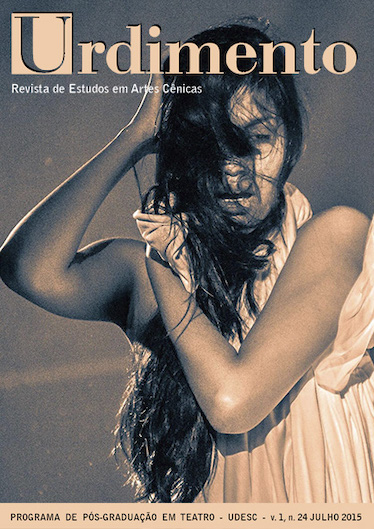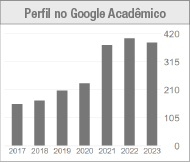A Dramaturgia da Dança dos Orixás: Entrevista com Augusto Omolú
DOI:
https://doi.org/10.5965/1414573101242015237Abstract
Augusto Omolú (1962-2013) nasceu em Salvador (BA) e foi um importante artista/pesquisador sobre a dança dos orixás. Foi coreógrafo, ator/dançarino e integrante do grupo dinamarquês Odin Teatret, dirigido por Eugenio Barba. Em Salvador, teve uma longa trajetória, foi professor na Escola de Dança da FUNCEB (Fundação Cultural do Estado da Bahia), marcou a história do Balé do TCA (Teatro Castro Alves), foi coordenador artístico do Projeto Axé e fundou a Instituição Social IAÔ (Ilê Augusto Omolú). Teve como referências, no início de sua carreira, Mestre King – um dos precursores da dança afro e Emília Biancardi. A trajetória artística de Augusto Omolú ultrapassou as fronteiras do Brasil e com sua pesquisa que intitulava de Dramaturgia da Dança dos Orixás fez diversos seminários, oficinas e espetáculos, reunindo artistas-participantes de diferentes lugares do mundo. Em maio de 2012, ao encontrar Augusto Omolú, conversamos sobre sua prática artística, sua participação no Odin Teatret, sua trajetória em Salvador e, principalmente, sobre os desafios de uma arte negra no Brasil. Portanto, nesta entrevista, temos a oportunidade de ler e reler a história de um artista brasileiro, negro, que enfrentou preconceitos, mas que antes de tudo acreditou na força de sua arte, dança e religião.
Downloads
Downloads
Published
How to Cite
Issue
Section
License
Copyright (c) 2015 Urdimento - Revista de Estudos em Artes Cênicas

This work is licensed under a Creative Commons Attribution 4.0 International License.
Copyright Statement
The articles published by the magazine are free to use. The copyright is all assigned to the magazine. The articles whose authors are identified represent the expression from the point of view of their authors and not the official position of the journal Urdimento. The author (s) undertakes whenever publishing material relating to the article published in Revista Urdimento mention the said publication as follows: This article was originally published by Urdimento magazine in its volume (put the volume), number (put the number) in the year of (put the year) and can be accessed at:
http://www.revistas.udesc.br/index.php/urdimento
This work is licensed under a Creative Commons Attribution 4.0 International License.




